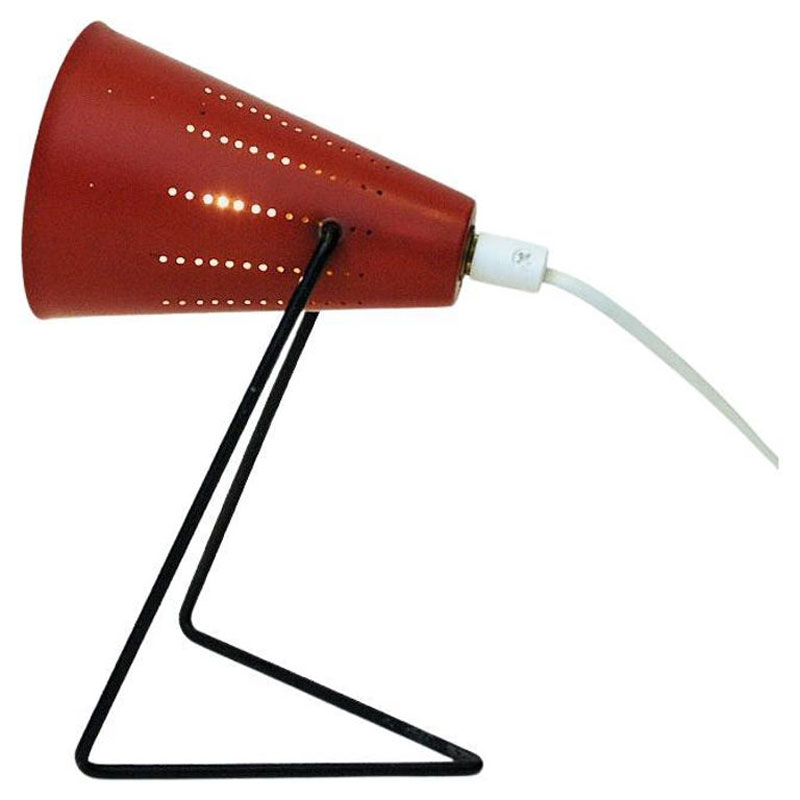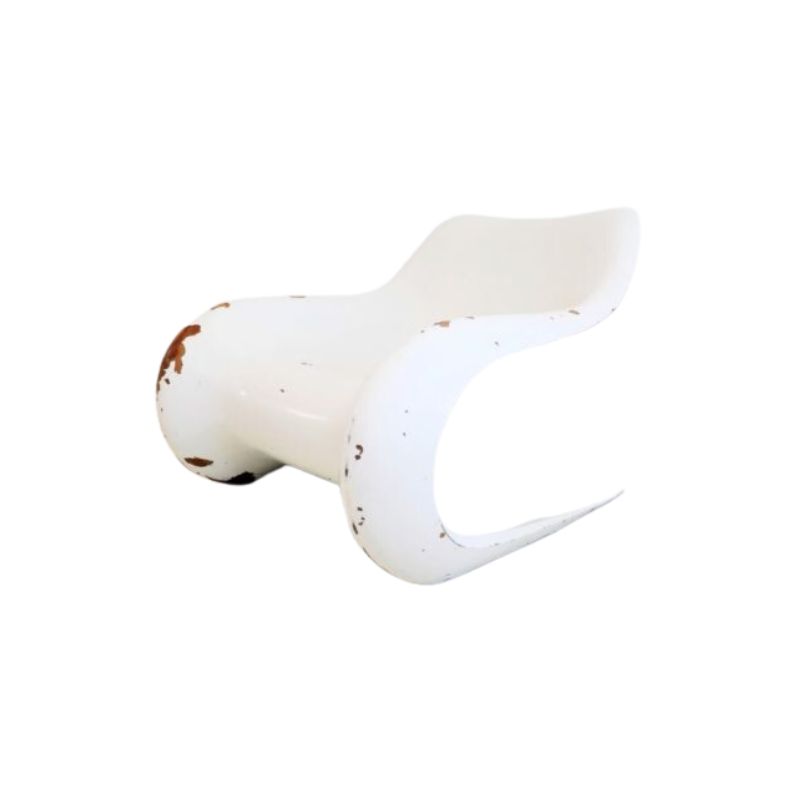Bought this brutalist style dresser a little while back and have been struggling to identify it. Hoping maybe someone on here knows something.
First what I know. My dresser was unlabeled except for "brutalist style". There are no markings inside of it or on the drawers (I've searched). However, I have found multiple samples of the exact dresser I have online (exact matches). Those matches, however, have been labeled "Edmund Spence", "Edmund Spence inspired", or "Edmund Spence fashion", making it unclear whether it is or is not a Spence piece. I have found OTHER samples online of a dresser that's almost identical, the exception being that the legs do not extend out from the sides of the piece (in the variant they come straight out of the bottom corners of the cabinet).
Additionally, I have found a highboy dresser (two piece) and a set of bedside tables that have the EXACT same style (same look, same legs, etc). So, I know this was sold as part of a set, and I've seen the other pieces of the set.
I'm included shots of my dresser (front and side), a shot of the highboy from the same family (note the leg style), and the "alt" version I've seen labeled Edmund Spence that is similar in style (except the legs). If anyone has any information or thoughts on my dresser I would really appreciate it!
Thanks,
Rick

Maybe Jorgen Clausen for Brande Mobelfabrik?
https://www.liveauctioneers.com/item/77133659_2pc-clausen-brande-mobelfabrik-dresser-and-chest-danis
@mark737. I think you may be correct. I had forgotten about Jorgen Clausen .
On a side note;William Hinn designed furniture for the Swedish Guild Collection by Urban Furniture. ( Image 1) and very often attributed to Edmund Spence
Jorgen Clausen designed a VERY similar sideboard to William Hinn, hence the possible misattribution of the OP's dresser !

Knowledge shared is Knowledge gained
@lexi Yes, I saw a number of those dressers attributed to Spence. Gio Ponti designed this dresser with a similar "checkerboard" front for M. Singer & Sons c. 1950.

Interesting, thanks for the replies guys.
I hadn't heard of Jorgen Clausen, that piece definitely bears some similarities. However, like the other pieces I see that seem more "definitively" marked as Edmund Spence, the legs on the Jorgen pieces are different.
Using the highboys as an example (all the pieces in each set use the same styles), Jorgen's legs seem to all use that full vertical/parallel/tapered design:
The Jorgen example (for reference)
While the edmund spence pieces I see have a leg that comes out of the corner:
And my piece (and the pieces like it) use a curved leg that extends out of the side but doesn't come "up" like the Jurgen legs. These pieces also don't have the horizontal cross-bracing from the legs that supports the Jorgen example (the framing is built into the cabinet)
I get the sense that maybe there was just a moment in time when this checkerboard design was interesting and that all three had variants on the style (likely after one of them first introduced it, like Spence).
I can't for the life of me understand why there's no markings on my piece. UGH. If you guys or anyone else has further thoughts let me know, thanks again!
-Rick
Here's another one that appears to have the same leg style as yours. The stamp is in black ink , and maybe in an inconspicous spot, so maybe you missed it?
https://www.liveauctioneers.com/item/55756308_jorgen-clausen-brande-mobelfabrik-double-dresser


WOW, that's awesome. It's entirely possible I missed a stamp that small... it's also possible the folks I bought it from missed it when they reconditioned it (standard MCM). Hopefully it's still there and I can find it, thanks for the help! So happy to finally just know what it is!
-rt
People are misreading the Brande Møbelfabrik stamp when they read the J. Clausen line as indicating the designer. It does not indicate designer. It indicates the owner of the company was J. Clausen. And this was important because there was another company called Brande Møbelindustri so adding the owner’s name was the Danish way of clarifying the situation.
That said it is entirely possible that J Clausen did design the pieces made by his company. He would certainly be a likely candidate since he didn’t advertise an architect as the designer.
People often have a hard time understanding why the Danes didn’t mark everything and they develop all sort skills of insecurities about this culminating in the stupidity of forging marks sometimes. The basic thing that needs to be understood is that a mark was not for us and it had its own meaning aside from the false meaning we misapply to it in our belief that it should have what we understand as a ‘maker’s mark’. In the late 1940s marks on danish pieces were exclusively retailer’s marks. Even when they also accidentally indicated the maker, like with a small cabinetmaker, they were marked as such because the cabinetmaker retailed his own pieces. In fact this was the distinction between a cabinetmaker and a factory then. The factory sold to a retailer unmarked and the cabinetmakers sold direct to the public. Except when someone broke the rules quietly and a factory sold to the public directly. In 1950 this started changing with Carl Hansen and Wegner. They put a maker’s mark on pieces sold to retailers, breaking the rule. And sometimes a retailer would cover the maker’s mark. And by 1960, with the growth of the export market the old rules became more flexible. Some retailers demanded unmarked goods, or that the retailer’s name was more prominent. Some were happy with maker’s marks. But everyone realized that marking was useful to build a brand presence so it became more common. So it was complicated.
@leif-ericson. Thank you. I was hoping you would post! I do remember someone,possibly you, clarifying this J.Clausen/ Brande Mobelfabrik topic before, but could not find it using the search function. 🙄 ( basically I gave up after 1 hour!!)
Knowledge shared is Knowledge gained
@leif-ericson Thanks for the great lesson on Brande and marks in general. There is definitely some confusion around Brande Mobelfabrik and Brande Mobelindusti. The Design Museum Danmark Furniture Index lists a number of pieces as made by Brande Mobelfabrik, and none by Brande Mobelindustri, but many (or maybe all) of those listed appear to be by BMI.
For example, they list this sideboard attributed to Henry Rosengren Hansen as made by Brande Mobelfabrik, but it has the stamp shown.


If you need any help, please contact us at – info@designaddict.com












